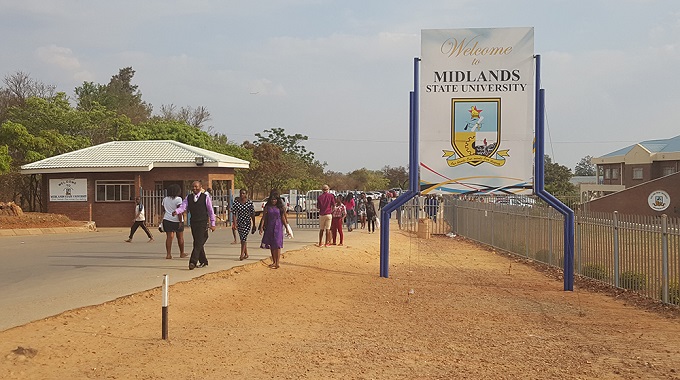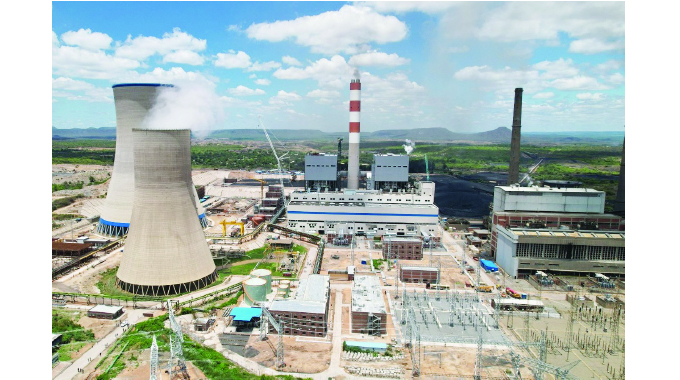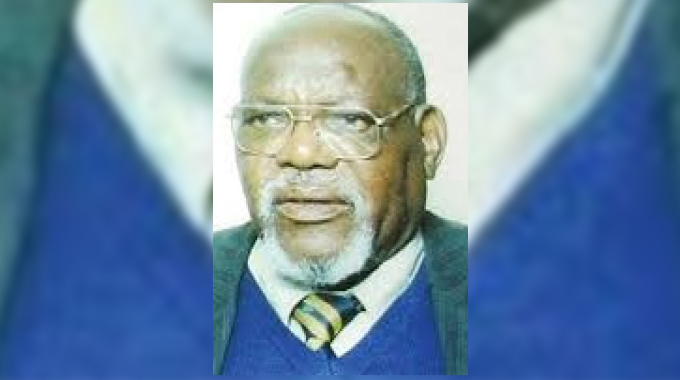COMMENT: Innovation hubs central to Government’s development agenda

From fruit juice to sending a satellite into space, innovation hubs and industrial parks at local State colleges and universities are indeed advancing the country’s drive for an education model that produces goods and services.
The journey started in June 2018 when President Mnangagwa launched the country’s first incubation hub at the Midlands State University. Many more have been established at other institutions of higher learning countrywide, part of the Government’s implementation of the Education 5.0 model.
Altogether, the hubs are making a diverse range of products among them fruit juice, cough syrup, garments, number plates, biodiesel and oxygen.

Midlands State University
Speaking after this week’s Cabinet meeting, Information, Publicity and Broadcasting Services Minister, Monica Mutsvangwa said:
“The progress registered by the ministry (of Higher and Tertiary Education, Innovation, Science and Technology Development) on the implementation of some of the programmes and projects of national importance is as follows: semi-automated manufacturing plants for the local production of industrial and household personal care products, personal protective equipment and allied health products were established at State Universities thereby saving the nation US$12 million in imports.”

Minister Monica Mutsvangwa
She added that Government also launched the geospatial, aeronautical, and space science capability programme under the Zimbabwe National Geospatial and Space Agency (ZINGSA) which is responsible for the sending into orbit of Zimbabwe’s first satellite (ZIMSAT 1).
“Work on ZIMSAT 2 is already underway,” Minister Mutsvangwa said.
“ZINGSA has produced a revised Agro-Ecological Zones Map, a National Wetlands map as well as high-resolution survey maps for improved urban land-use planning and control of settlements in Harare, Karoi and Masvingo.”
The Ministry of Higher and Tertiary Education, Innovation, Science and Technology Development through Verify Engineering Medical and Industrial Gases is producing medical and industrial oxygen, acetylene gas and liquid nitrogen at its factory in Mutare. The oxygen is being exported to Mozambique.
A bio-diesel processing plant was relaunched in Mutoko and it is billed to produce 75 000 litres of the fuel daily from 30 000 litres being produced.
This and more represent remarkable progress in just five years.
Students and their tutors are developing new, practical skills they may not have gained if the Second Republic had not taken this revolutionary step to introduce Education 5.0.

Money – Image taken from Pixabay
The hubs are creating employment opportunities as well. They are generating large sums in revenue, a sort of revenue stream universities and colleges never had before. Now, instead of relying 100 percent on the fiscus, the institutions of higher learning have become income earners who have saved as much as US$12 million in imports for their country.
Infrastructurally, the colleges are improving a lot as the innovation hubs and industrial parks are being built.
We have high hopes for them as they continue seeking new paths to innovation while strengthening the innovations launched over the past five years.
We think the Education 5.0 framework, as it is being implemented by local institutions of higher learning, is a shining example for their African peers to emulate. It builds on the record that our country has enjoyed for decades — that of having the continent’s highest literacy rate. Over and above being top in literacy and numeracy, our education system is now producing goods and services.











Comments